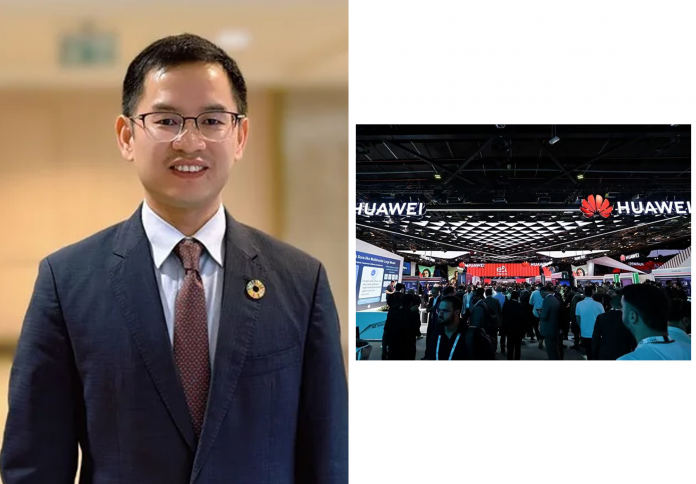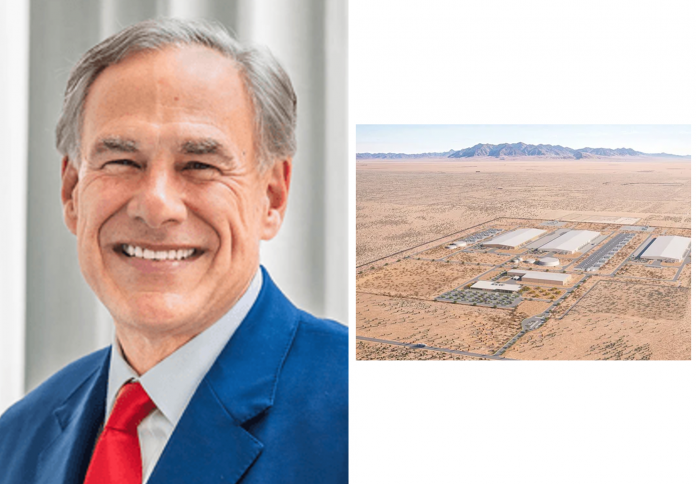At GITEX Global 2025 in Dubai, Huawei showcased a bold and comprehensive vision for the future of digital transformation under the theme “All Intelligence.” The technology giant introduced a full-stack AI strategy that integrates intelligence across connectivity, cloud services, and specific industry applications, underscoring AI’s integral role in every modern digital journey. Key announcements included the launch of the GovTech1.0 Framework for intelligent government transformation and new AI-Native Cloud capabilities designed to empower enterprises to accelerate intelligence in the Agentic AI era. This massive display highlights Huawei’s commitment to leveraging its significant R&D investment to build sustainable, resilient, and future-ready digital infrastructure across key global sectors.
Full-Stack AI Strategy: The ‘All Intelligence’ Theme
Huawei’s theme at GITEX Global 2025—”All Intelligence”—is a strategic declaration that AI is no longer a peripheral technology but the foundation of modern digital transformation. The company presented a full-stack AI capability that spans the entire technology vertical, from fundamental chipsets and storage to cloud platforms, large language models, and industry-specific applications.
This unified approach is designed to enable governments, carriers, and enterprises to “go all intelligent,” diffusing AI into every sector of society, including energy, education, finance, transportation, and manufacturing. By integrating AI into every layer of its cloud infrastructure, Huawei Cloud is empowering industries to innovate faster, operate smarter, and unlock new opportunities at scale in the intelligent era, positioning the Middle East and Central Asia regions as leaders in AI adoption.
Unveiling AI-Native Cloud and Agentic Tools
A major focus of Huawei’s presence was the unveiling of its latest AI-Native Cloud capabilities. This innovation is specifically aimed at accelerating the adoption of intelligence in the emerging Agentic AI era, where systems are designed to autonomously plan, act, and adapt to achieve complex goals without constant human intervention.
To facilitate large-scale AI adoption, Huawei Cloud introduced its ModelArts Studio for model development and the Versatile platform for AI agent development. These tools provide enterprises with a comprehensive, end-to-end framework necessary for building and deploying AI solutions that can handle complex computational and workflow requirements. This focus on AI-Native infrastructure is crucial for translating the potential of Agentic AI into tangible business impact across various industries.
A Blueprint for Intelligent Governance: GovTech1.0
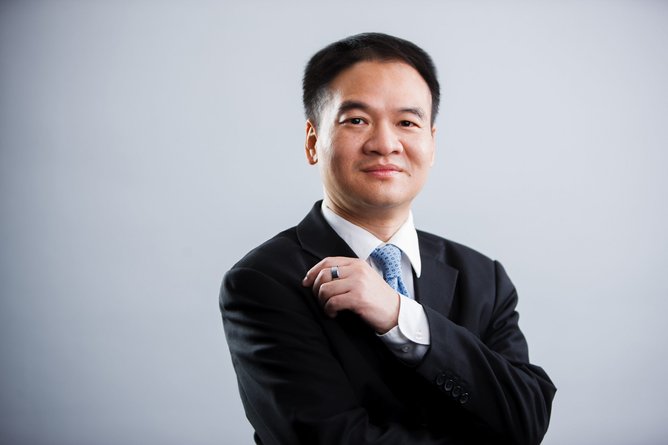
Recognizing the immense potential of AI to reshape public services and administration, Huawei launched the GovTech1.0 Framework. This strategic blueprint is designed to guide governments through their digital and intelligent transformation journeys by integrating AI into core public functions.
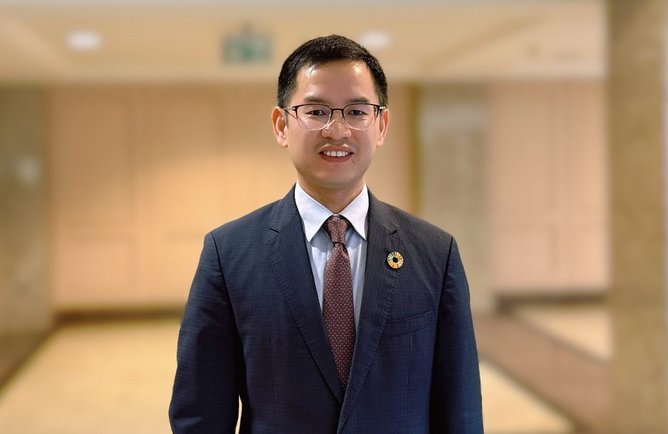
The framework is built on Huawei’s strengths in connectivity, cloud, and computing, utilizing smart networks, unified platforms, and advanced AI to power everything from digital portals and governance to public services and emergency response. A key component is the push for data harmonization and the provision of one-stop application and AI development tools like DevCloud and ModelArts, which are intended to accelerate the rollout of on-premise intelligent applications for government use.
Building Resilience and Simplified Networks
Beyond its cloud and government-focused initiatives, Huawei also showcased new solutions for building future-ready, resilient networks. The company unveiled an AI-powered resilient network integration solution designed to help enterprises across sectors—including finance, transportation, and government—construct highly resilient, secure, and intelligent network infrastructure.
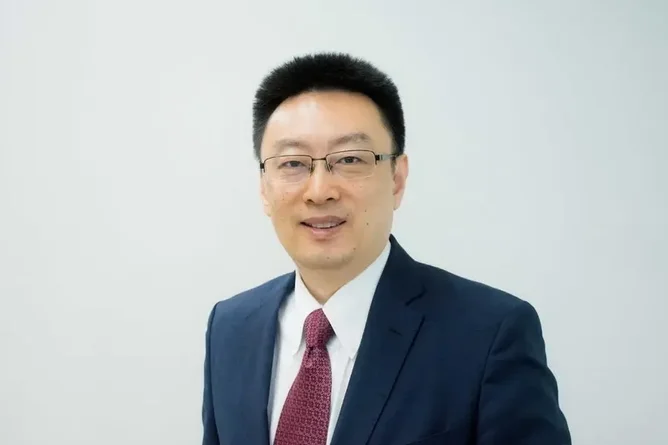
This solution leverages AI for precise target network planning and resilience assessments, ensuring zero errors during system changes and zero service interruptions during migrations. Furthermore, Huawei addressed campus networking challenges with the launch of its groundbreaking Passive Ethernet Network (PEN) solution for the Middle East and Central Asia. PEN dramatically simplifies campus networking by transforming a traditional three-layer network into a single-layer, “one device, one network” architecture, reducing managed nodes by 90% while improving energy efficiency.
